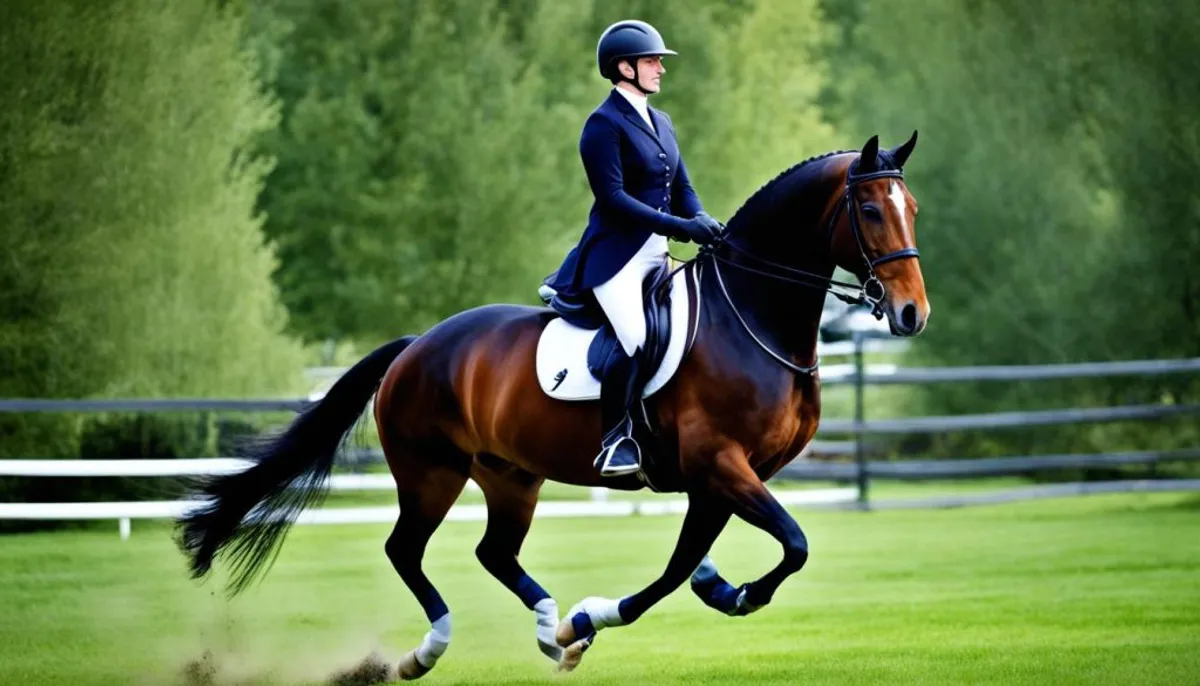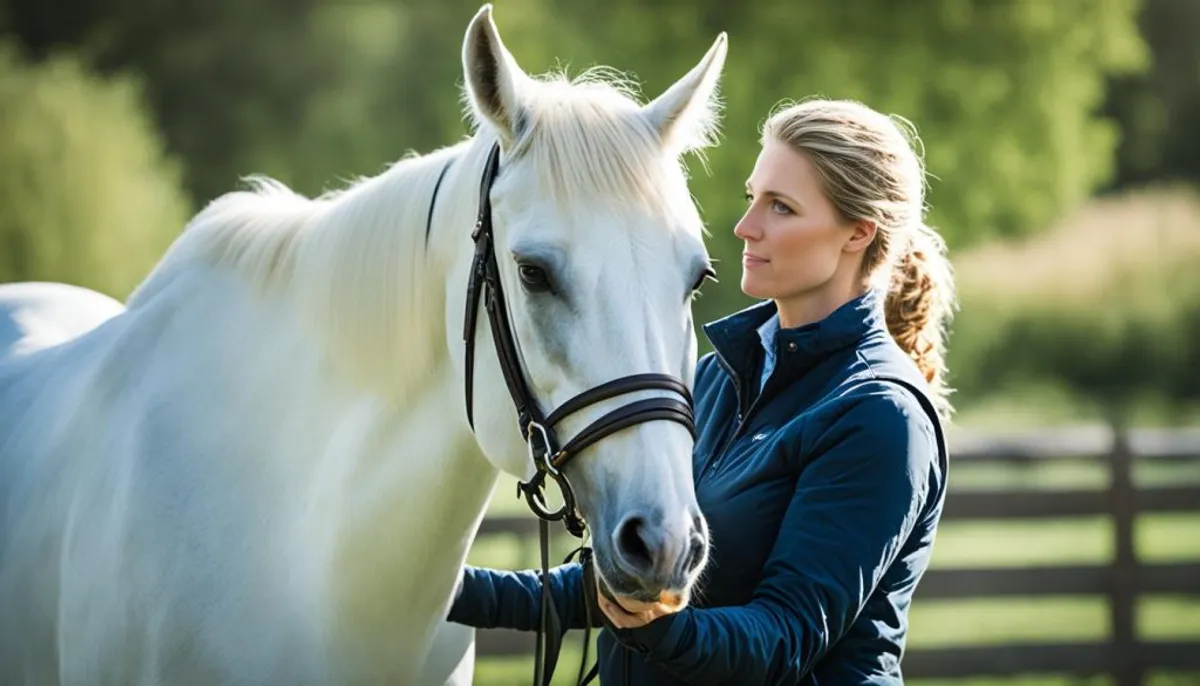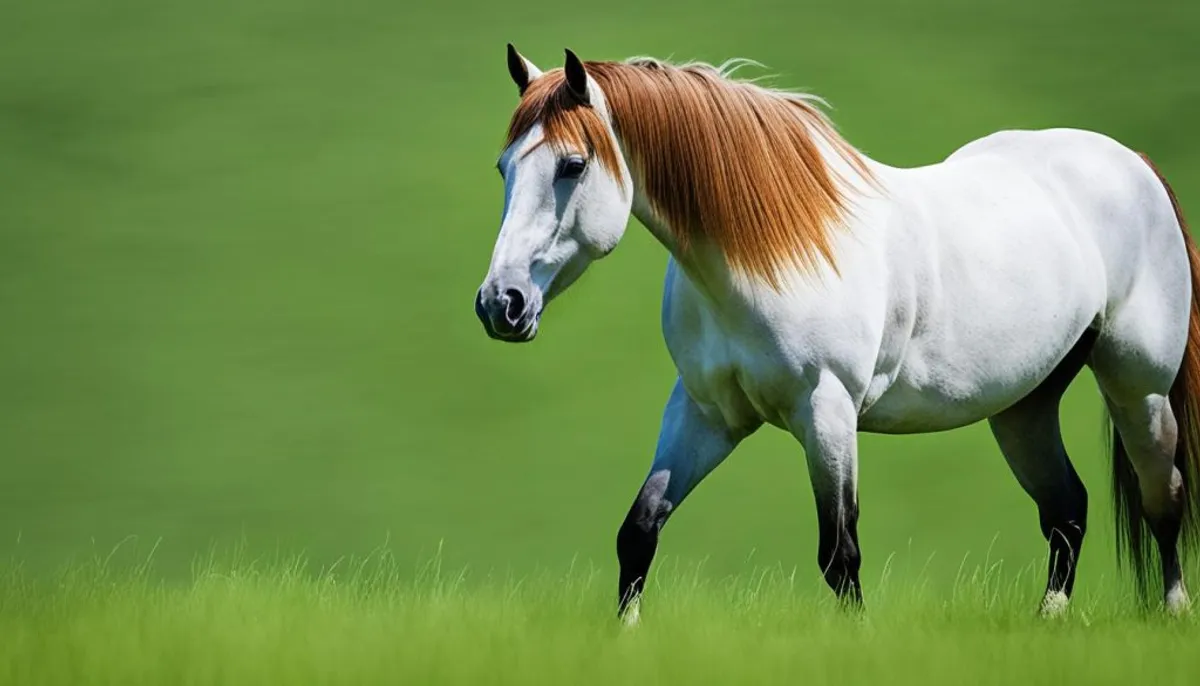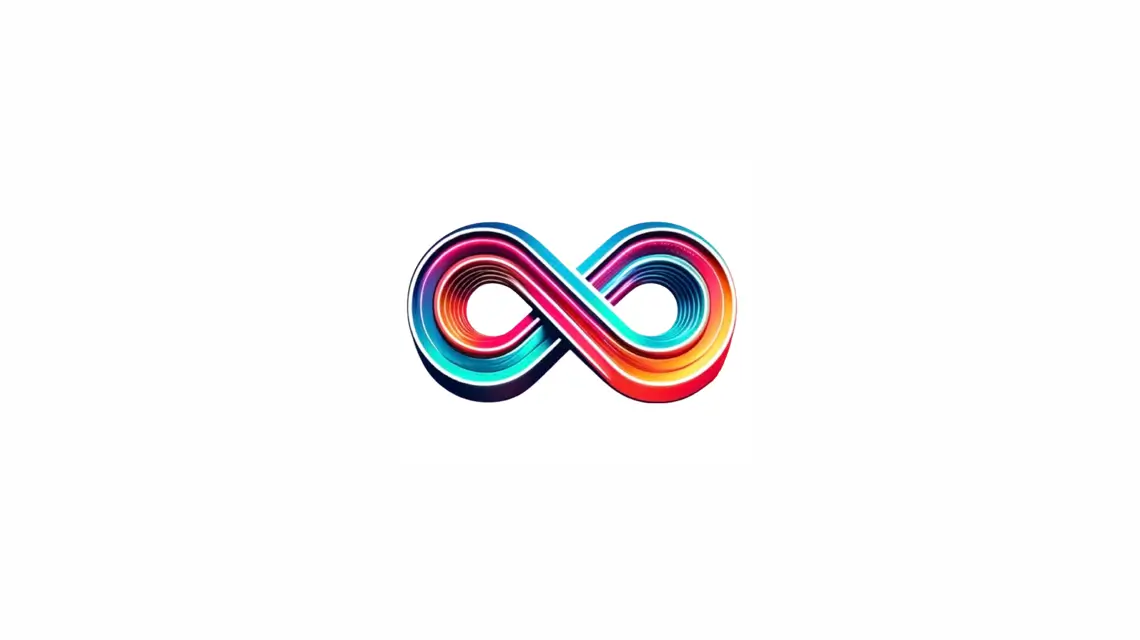Ethological riding encompasses the behavior of the horse to better teach it. It involves gentle techniques from the United States. These methods aim to create a true connection between humans and animals. They stem from equine ethology, which studies how horses behave in their environment.
This approach is very practical and different from theoretical studies. It helps humans understand and respect horses in their daily lives.

Key Ideas
- Ethological riding relies on the knowledge of equine ethology to understand the horse.
- The goal is to establish a relationship of trust and mutual well-being between humans and animals.
- The techniques used aim to take into account the nature of the horse and respect its learning pace.
- Behavioral observation and non-verbal communication are at the heart of this approach.
- Ethological riding differs from traditional training by its gentle and respectful approach.
What is Ethological Riding?
Ethological riding helps to deeply understand horses. Its aim is to create a relationship based on trust and respect between humans and horses. Unlike ethology, which studies animal behavior, this method focuses on humans adapting to the horse to educate it.
A Method of Education Based on Understanding the Horse
It relies on a fine understanding of the natural behavior of the horse. Understanding why the horse acts helps to teach it appropriately. This leads to effective communication and a harmonious relationship.
A Respectful Approach to the Nature of the Horse
This method prioritizes the welfare of the horse. Its goal is to achieve a mutual understanding and a deep respect for the animal. Thus, a harmonious and respectful relationship lasts over time.
Communication with the Horse
Horses use various means to communicate. For example, their visual communication is rich in expressions and postures. It includes looks and body movements. Olfactory communication is essential for recognizing other horses and marking territory. Sounds from vocal cords and exhaled air belong to auditory communication. Direct physical exchanges, such as nose-to-nose, represent tactile communication.
Visual Communication
Let’s observe the variety of visual signals that horses use to speak. They can show they are attentive by pricking their ears. To sense smells, they sniff; and when they shake their heads, it is often a sign of discontent. All these gestures and expressions are very important for horses. Through them, they understand each other without saying a word.
Olfactory Communication
Smell plays a significant role in horses. It allows them to recognize others and mark their territory, among other things. They use their glands and produce secretions to convey information through smell. This form of communication helps them to understand and interact well with each other.
Auditory Communication
Horses also make a lot of noise to talk to each other. They whinny, grunt, or make mouth noises. These sounds serve to share emotions, stay in touch with others, or alert to danger. This auditory communication is crucial for them.
Tactile Communication
Physical contact is important among horses. It strengthens their bonds of friendship. Gestures like rubbing noses or touching shoulders are very significant for them. Through these contacts, they weave strong relationships.

Ultimately, horses communicate with their entire body. Their face, smells, sounds, and touches are all ways for them to convey messages. This helps them understand each other, live together, and adapt to their environment.
The Daily Life of the Horse in its Natural State
Horses naturally live in a way that shows their true nature. They spend their time eating, moving, and resting. This simple life helps them stay healthy and happy.
Feeding and Movement
Horses spend a lot of time searching for food. They eat everything from grass, leaves, berries, and even bark. While foraging, they move quietly in single file to explore vast territories.
Rest and Vigilance
After eating, horses take time to rest. They sometimes sleep deeply. But even while sleeping, some remain attentive to their surroundings. This behavior helps keep them safe and healthy.

Studying how horses act helps us treat them better. With this knowledge, we can improve our way of riding. This contributes to their happiness and well-being.
Ethological Riding in Practice
Ethological riding is a respectful way to work with horses. It starts with the rider next to their horse. Their goal is to build a relationship of trust.
In the beginning, the rider listens, observes, senses, and communicates quietly with the horse. These steps form the basis of a mutual understanding.
Later, the work progresses to trotting and cantering. The rider uses only a halter and a lunge line. The goal is to clearly communicate and strengthen the relationship with the horse.
This method helps the rider truly understand their horse. It allows for building strong bonds and increasing the animal's well-being.
Conclusion
Ethological riding respects the nature of horses. It is based on understanding their behavior. Thus, it allows for building a relationship of trust with humans.
The heart of this method is respect for the horse. Horse communication is crucial in it. It helps to meet their needs in the right way.
This approach helps riders connect deeply with their horses. At the same time, it ensures equine well-being.
FAQ
What is ethological riding?
Ethological riding combines methods from American horsemanship and knowledge from equine ethology. It aims to better meet the natural needs of horses. This ensures their well-being.
How does ethological riding differ from equine ethology?
Ethological riding relies on understanding the horse. This helps the rider interact better with it. Equine ethology, on the other hand, studies horse behavior in nature.
What are the different modes of communication of the horse?
Horses communicate through sight, smell, sound, and touch. Their communication includes body expression. They use a variety of gestures and postures.
What does a typical day look like for a horse in its natural state?
In the wild, the horse seeks food, travels, rests, and remains vigilant. It eats various plants while moving.
It spends about a third of its time sleeping either standing or lying down. When it sleeps, it sometimes has vivid dreams.
Ultimately, it monitors its environment several times a day, every day.
How does an ethological riding session proceed?
First, the rider and the horse get to know each other on foot. The goal is to establish a strong relationship of respect and trust. Then, they continue the exercises on horseback, but in a more free manner.
RelatedRelated articles



